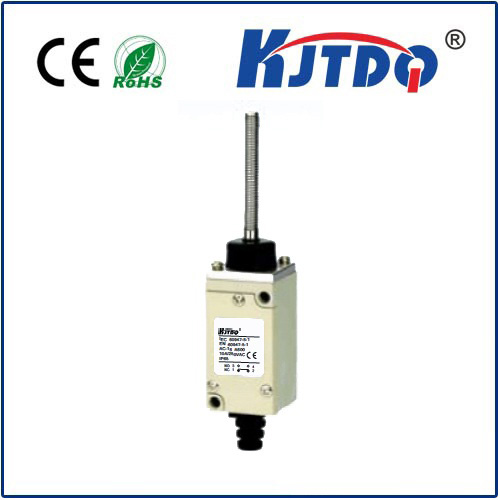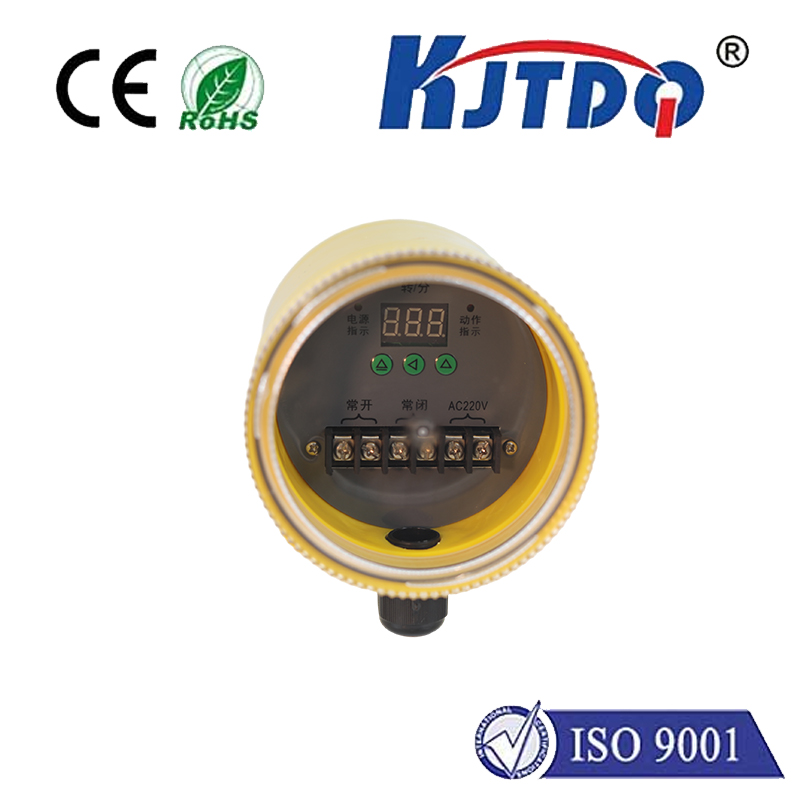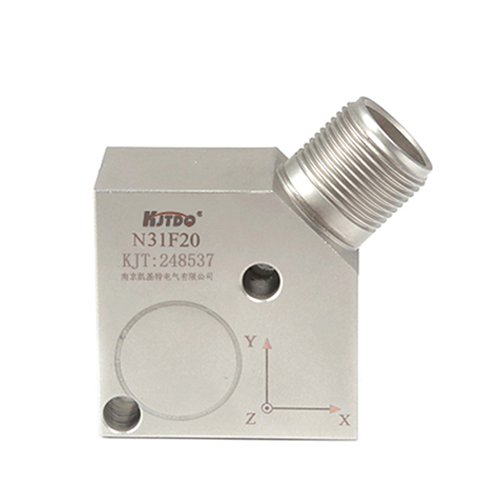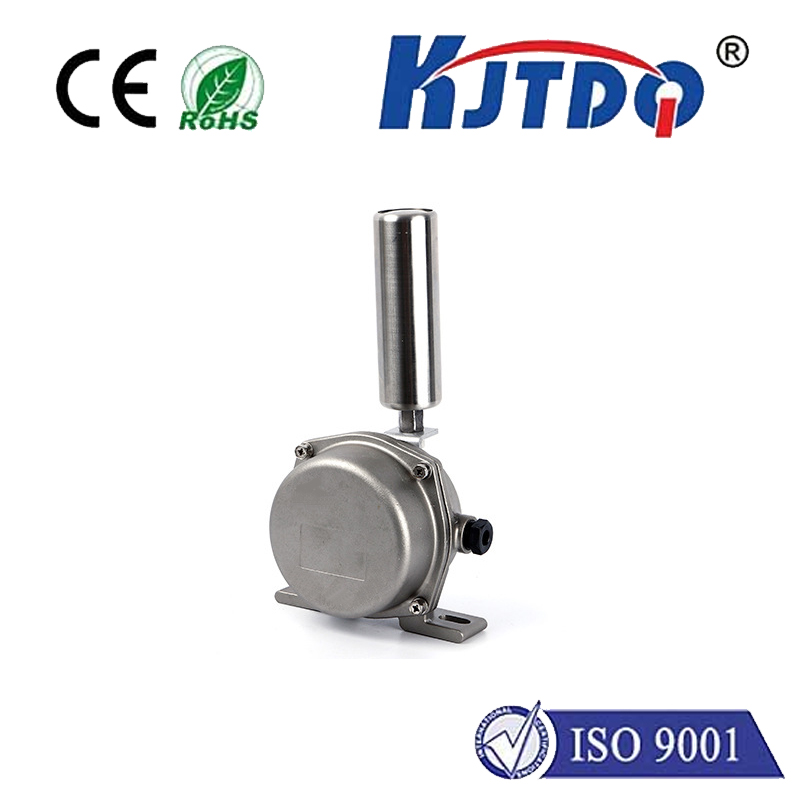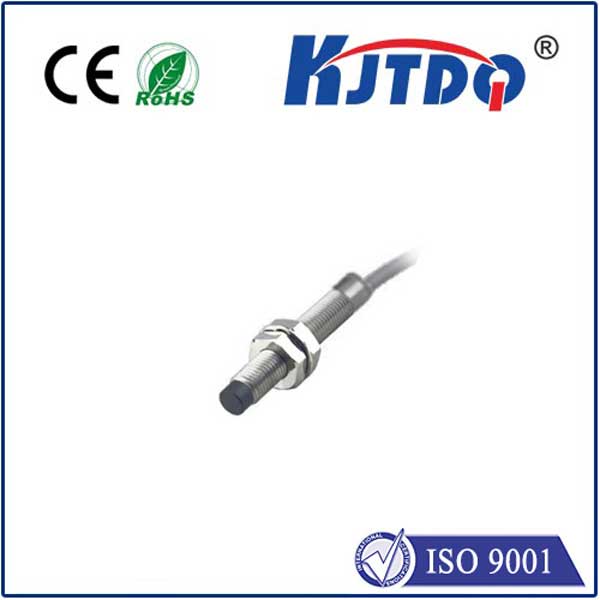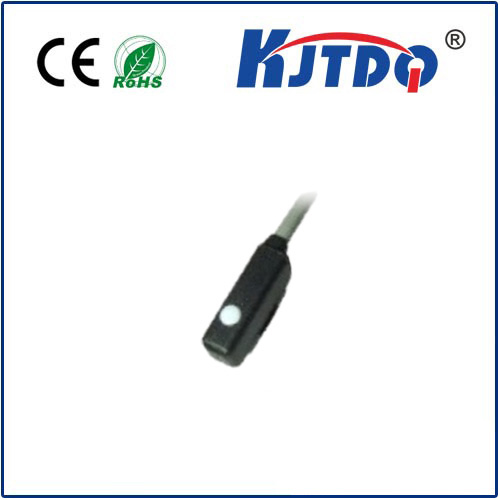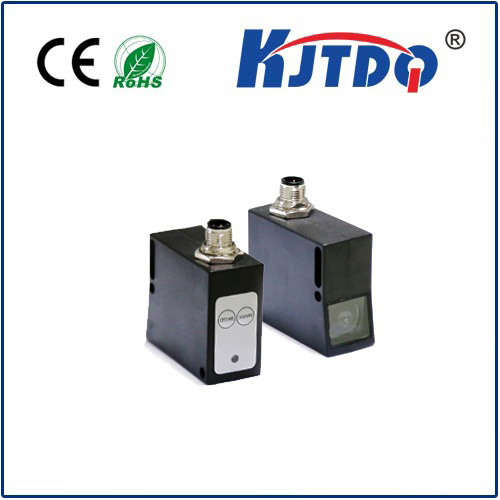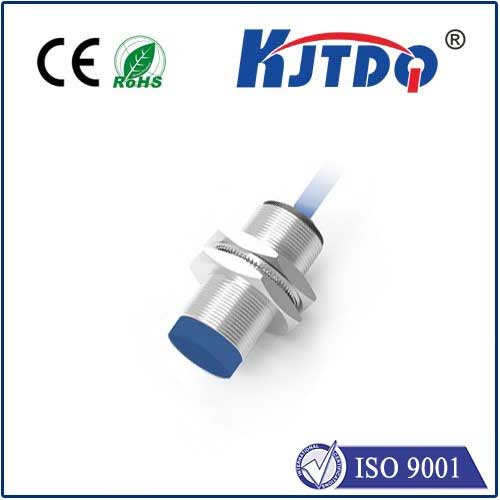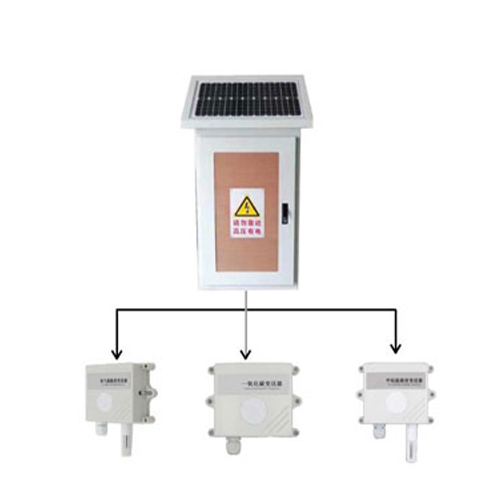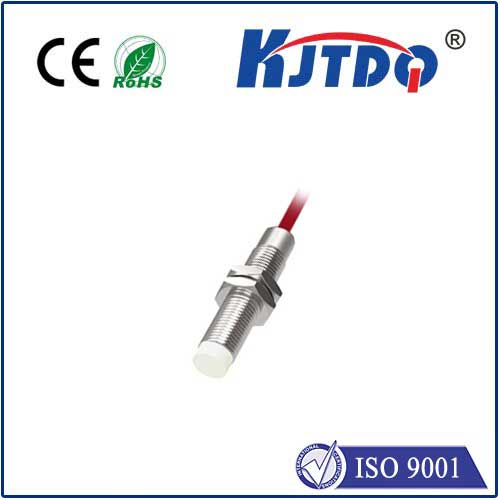

check

check

check

check
Imagine a robotic arm smoothly placing components on a circuit board, never missing a beat. Or a production line counting bottles with uncanny accuracy. Behind these seamless operations often lies a critical, unsung hero: the PNP proximity sensor. These remarkable devices detect the presence or absence of objects without physical contact, silently ensuring processes run smoothly and safely. But with different output types available, understanding the PNP configuration is crucial for successful automation system design. This guide dives deep into the world of PNP proximity sensors, explaining their operation, advantages, and where they shine.
Understanding the Core: What is a Proximity Sensor?
At its heart, a proximity sensor is an electronic device designed to detect the presence or absence of an object within a set distance – its sensing range – without needing physical touch or direct exposure. They achieve this through various principles, the most common being inductive sensing for metallic targets and capacitive sensing for both metal and non-metal objects. These sensors generate an electromagnetic field (inductive) or electrostatic field (capacitive), and a change in this field caused by a target object entering the detection zone triggers the sensor’s output state. The key takeaway? Contactless detection, leading to reliability, longevity, and freedom from mechanical wear.
The “PNP” Distinction: Sourcing the Signal
The acronym “PNP” specifically refers to the type of transistor output used within the sensor’s electronics. It stands for “Positive-Negative-Positive,” describing the semiconductor structure. In practical terms for wiring and system integration, this translates to a sourcing output.

Why does this matter? It defines how the sensor integrates into your control system and dictates the wiring configuration. Choosing between PNP and its counterpart, NPN, is fundamental.
PNP vs. NPN: Choosing the Right Output Type
The main alternative is the NPN proximity sensor, which features a sinking output. Understanding the difference is critical:
Key Advantage of PNP: A significant benefit of the PNP configuration is related to fault behavior. If the wire connecting the sensor’s output to the load becomes severed or disconnected, a PNP sensor typically causes the load to turn off. In contrast, NPN sensors can sometimes cause a faulty “on” state under wire-break conditions. This inherent behavior often makes PNP the preferred choice in many safety-related or critical applications where a fail-safe off state is desirable. However, always consult safety standards and perform risk assessments, as definitive safety requires certified safety devices and proper design.
Where Do PNP Proximity Sensors Excel? Applications Galore
The robustness and contactless nature of proximity sensors, combined with the sourcing output of PNP types, make them indispensable across countless industries. Here’s where you’ll find them hard at work:
Their ability to operate reliably in harsh environments – tolerant of dust, oil, vibration, and temperature variations (within specified limits) – makes them ideal for dirty, demanding industrial settings where mechanical switches would quickly fail.
Selecting and Implementing Your PNP Proximity Sensor
Choosing the right PNP sensor involves several critical factors beyond just the output type:
